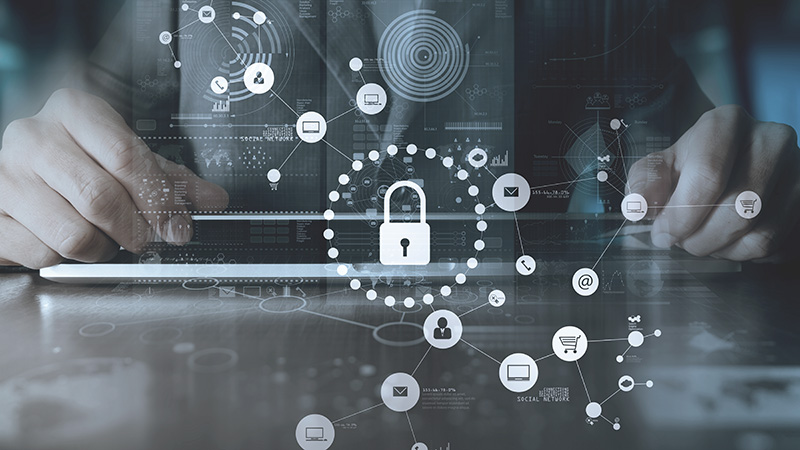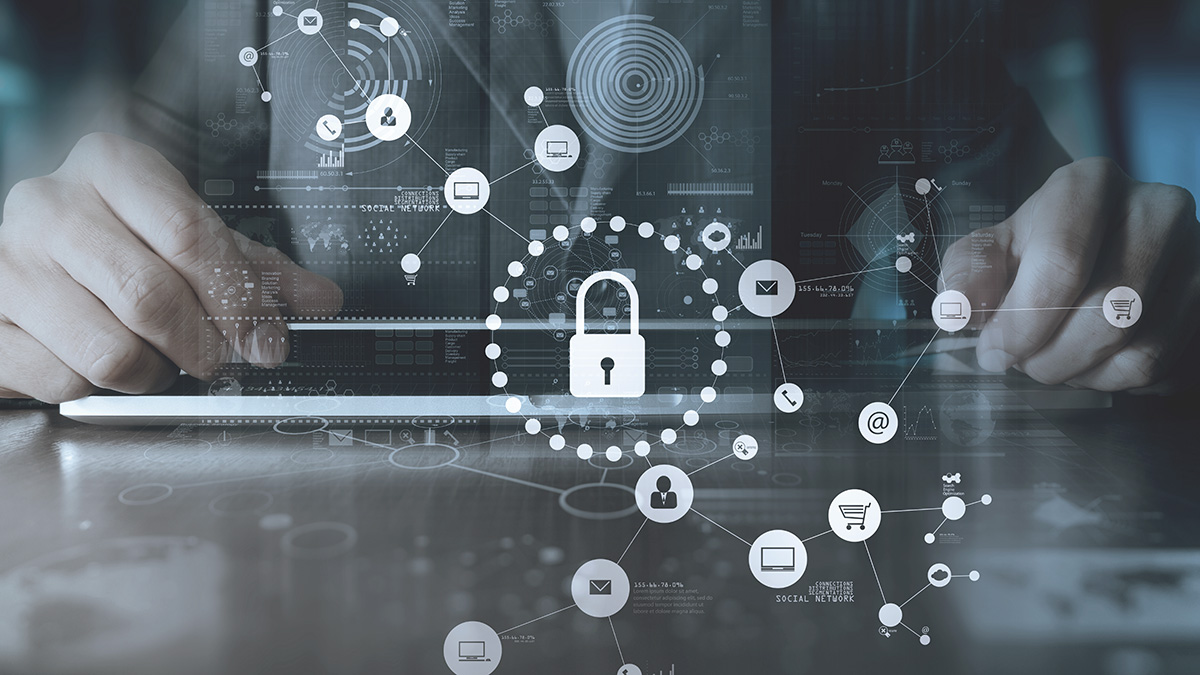The new cybersecurity directive NIS2 recently entered into force in the European Union. It aims to harmonise cybersecurity-related requirements and the implementation of cybersecurity measures between Member States. The NIS2 Directive replaces the earlier NIS cybersecurity directive. The obligations included in NIS2 must be transposed into national law by October 2024, and the Ministry of Transport and Communications launched the national implementation at the start of this year.
Cybersecurity directive NIS2 sets out new obligations for enterprises in critical sectors


Kim Parviainen
Related services

Regulated industries and operators
In addition to public entities, the NIS2 Directive lays down obligations mainly for large and medium-sized enterprises in critical sectors. Critical sectors under NIS2 include, for example, energy, finance, healthcare, transport and digital infrastructure. Certain highly critical enterprises would be subject to the obligations regardless of their size.
New obligations to the management bodies of entities under the Directive’s scope
One of the aims of the NIS2 Directive is to ensure a high level of responsibility for the cybersecurity risk-management measures and reporting obligations at the level of the entities under the Directive’s scope. With this in mind, NIS2 sets out new obligations for the management bodies of such entities.
NIS2 does not define management bodies in more detail; this will be a task for national legislators instead. However, based on the different language versions and the wording of NIS2, we find it likely that in Finland, these obligations would concern at least the boards of entities. Nevertheless, we will only know the exact definition when the draft bill for national legislation is published.
As for the obligations, the management body must approve the cybersecurity risk-management measures taken by the entity and oversee their implementation. The minimum requirements for such measures are laid down in more detail in NIS2, but they include at least the following:
Members of management bodies are also required to follow cybersecurity training in order to better identify potential cybersecurity risks and assess cybersecurity risk-management practices.
Liability rules extended to individual representatives of entities
NIS2 requires that Member States enforce a number of sanction mechanisms – such as administrative orders or fines – for infringements of the NIS2 Directive’s obligations. In certain situations, the new Directive extends liability rules from entities to their individual representatives.
Members of management bodies could be personally liable in case they neglect their obligation to ensure compliance with the entity’s cybersecurity obligations. When certain conditions are met, persons in management positions could also be temporarily suspended.
Now is a good time to start preparing for the changes
All in all, the NIS2 Directive sets out a number of new obligations for the critical sector entities under its scope. NIS2 also expects the management bodies of such entities to take on a more active role in ensuring cybersecurity. In future, individual members of management bodies can be held personally liable if they are unable to ensure compliance with the cybersecurity obligations under NIS2.
The obligations under NIS2 will only be fully outlined with national implementation, which must be completed by October 2024. However, entities falling under the Directive’s scope should start evaluating their cybersecurity practices and risk-management measures in good time, also with respect to their supply chains.










